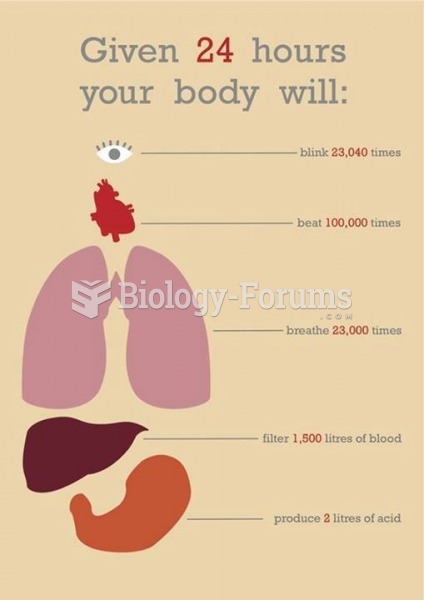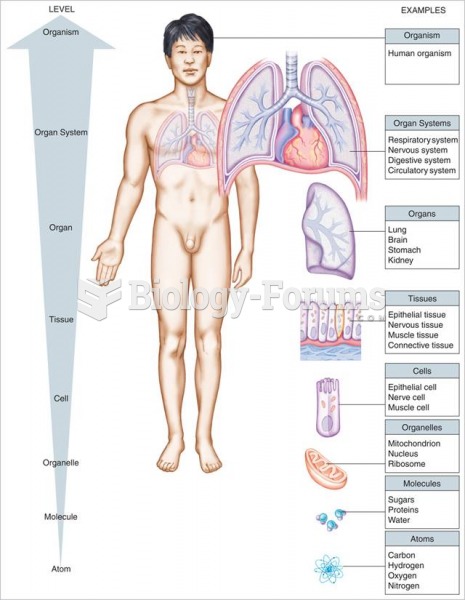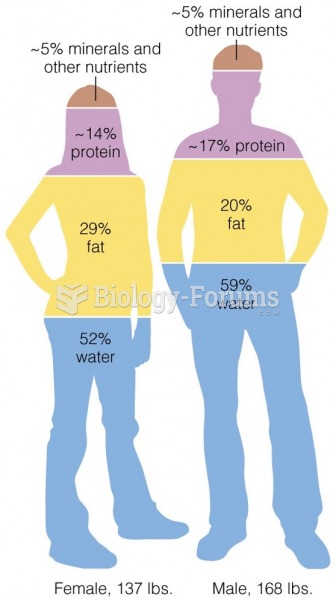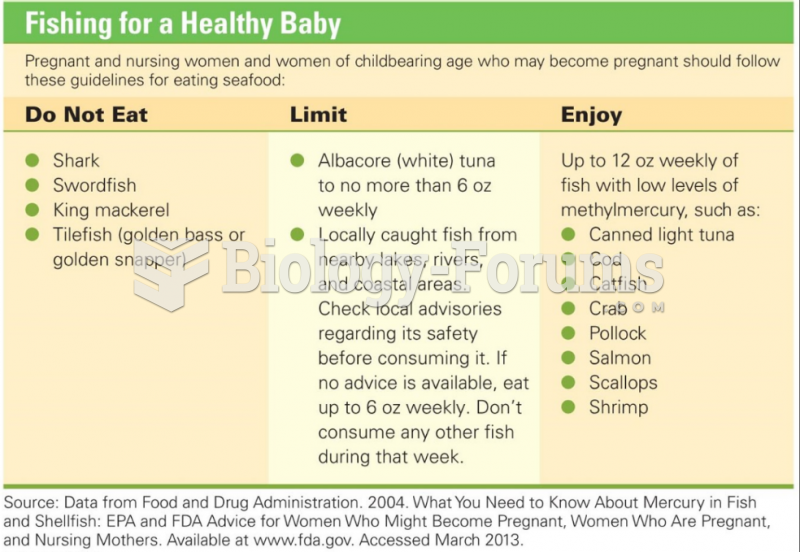Answer to Question 1
Physical inactivity has contributed to the growing rates of obesitymost worrisome are rates among children and adolescents. Inactivity has been studied extensively in this age group (television viewing, video games, and computers). This trend is changing and opportunities to increase physical activity are increasing. New physical activity recommendations for adults released by the U.S. government recommend that adults engage in at least 150 minutes/week of moderate-intensity or 75 minutes/week of vigorous-intensity aerobic activity, plus moderate- or vigorous-intensity muscle-strengthening activities on 2 or more days/week. According to an International Association for the Study of Obesity expert panel, daily exercise assists in prevention of weight gain among adults.
Answer to Question 2
The obesity epidemic in the U.S. is multi-factorial. One major contributing factor is an increase in energy intake over the last few decades (200-300 kcal/day). Societal influences on eating include number of meals, eating outside the home, increased portion sizes, increased consumption of energy-dense foods, and changes in snack habits. Socio-cultural and psychological factors such as differences in income, education, dietary beliefs, and acceptability of being overweight can increase risk of obesity. Psychological influences such as family and the social environment can provide permissive cues for others to gain weight. People who are depressed, anxious, or impulsive, have low self-esteem, or have suffered emotional trauma may turn to food for emotional comfort, making them more likely to suffer from obesity. Genetics can predispose individuals to becoming obese (or not) in response to these socio-cultural and lifestyle factors.







